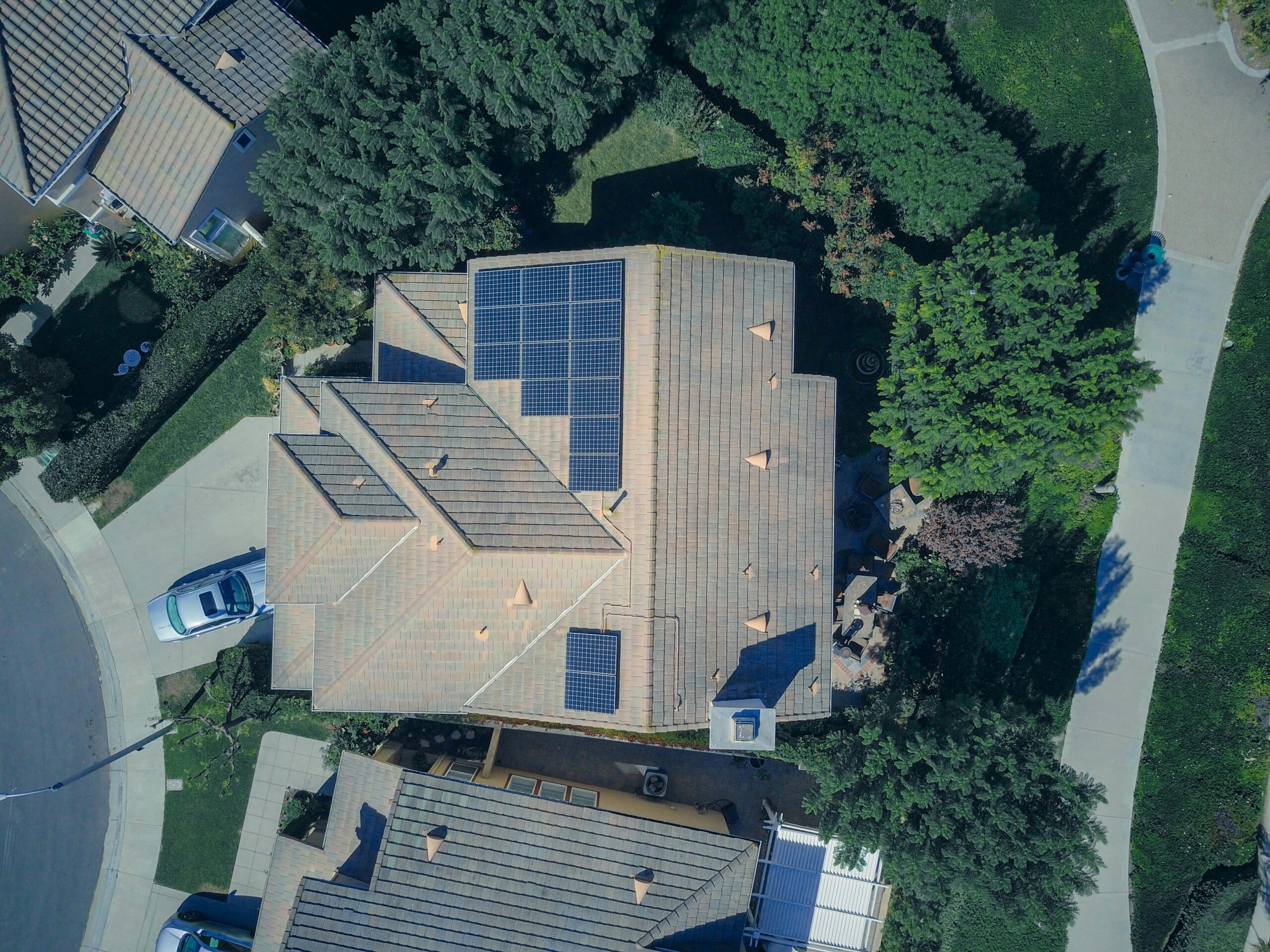Transforming your garage into a solar-powered space offers numerous benefits for homeowners looking to reduce their carbon footprint and energy bills. From basic solar garage lighting to sophisticated EV charging station solutions, solar power can make your garage more functional and environmentally friendly. This article explores various sustainable garage energy options, helping you understand how to implement solar powered garage solutions that match your needs and budget. Whether you’re aiming for a completely off-grid garage power system or simply want to supplement your existing electricity with renewable energy, solar technology offers versatile and increasingly affordable options.
Understanding Solar Power Basics for Your Garage
Before diving into specific applications, it’s important to understand how solar power works in a garage setting. Solar panels capture energy from the sun and convert it to electricity that can be used immediately or stored in batteries for later use. The amount of power you can generate depends on factors including your roof’s size, orientation, local weather patterns, and the efficiency of your chosen solar system. For a typical residential garage, panels producing 1.5 to 3 kilowatts should suffice for basic needs including lighting and tool operation. Larger systems in the 5 to 10 kilowatt range become necessary when planning for EV charging capabilities.
Most garage solar installations utilize either grid-tied or off-grid systems. Grid-tied systems remain connected to your utility provider, allowing you to draw conventional power when needed and potentially sell excess solar energy back to the grid. Off-grid garage power systems operate independently using battery storage to provide electricity when the sun isn’t shining. Each approach has distinct advantages depending on your goals and local regulations.
Solar Garage Lighting Solutions
Implementing solar garage lighting represents one of the simplest ways to begin your sustainable garage energy journey. Modern solar light fixtures have improved dramatically in brightness, reliability, and affordability. External solar lights can be mounted on the garage roof or walls, capturing sunlight during the day and illuminating your driveway or entrance area at night without requiring any wiring.
For interior lighting, you have two primary options. The first involves installing solar panels that power conventional LED lights through a battery system. The second utilizes solar tubes or skylights that channel natural daylight directly into your garage space. This passive solution requires no electricity but only functions during daylight hours. Many homeowners implement a hybrid approach, using natural light when available and stored solar energy for evenings and cloudy days. Quality LED fixtures maximize efficiency, allowing a modest solar system to provide ample illumination for your entire garage.
Powering Garage Tools and Appliances
Beyond lighting, many homeowners want to operate power tools, refrigerators, or entertainment systems using sustainable garage energy. This requires careful planning and potentially larger solar arrays. For occasional tool use, a system with 2-3 kilowatts of solar panels paired with adequate battery storage should suffice for operating drills, saws, and other common workshop equipment.
The key consideration becomes battery capacity, which determines how much energy you can store for periods without sunlight. Lithium-ion batteries offer the best performance but come at a higher price point than traditional lead-acid options. When designing your system, calculate your typical power consumption by multiplying each device’s wattage by its hours of daily use. Add approximately 20% extra capacity to account for inefficiencies and future needs. Professional installers found through platforms like AskHomey can help determine the optimal system size based on your specific requirements and local solar conditions.
EV Charging Station Solar Garage Integration
Creating an EV charging station solar garage setup represents the most ambitious application of garage solar power but potentially offers the greatest long-term savings. Electric vehicles typically require significant electricity—a full charge for a standard EV might consume 40-75 kilowatt-hours. To support regular EV charging, your solar system needs substantial generation capacity and battery storage.
A dedicated solar EV charging setup typically requires 8-12 solar panels at minimum, producing approximately 3-5 kilowatts of power. This configuration can provide about 15-25 miles of daily driving range for your vehicle when weather conditions are favorable. For complete charging independence, larger systems approaching 10 kilowatts become necessary, particularly in less sunny regions. The integration should include a Level 2 charging station compatible with solar input, sophisticated power management systems, and potentially smart charging capabilities that maximize charging during peak solar production periods.
Cost Considerations and Return on Investment
While solar powered garage solutions require upfront investment, the long-term economics increasingly favor renewable energy. Basic solar garage lighting systems can cost as little as $500-1,500 for DIY installations, while comprehensive setups including EV charging capabilities may range from $15,000-30,000 depending on capacity and components. Federal tax incentives, local rebates, and utility programs can significantly reduce these costs—often by 30% or more.
The payback period varies based on your current electricity rates, usage patterns, and system size. Typically, homeowners see complete investment recovery within 7-12 years. Systems supporting EV charging often demonstrate faster payback periods as they offset both home electricity and fuel costs. Additionally, solar installations typically increase property values, with studies showing home buyers willing to pay premiums for houses with established renewable energy systems.
Getting Started with Your Solar Garage Project
Transitioning to a solar powered garage begins with assessing your needs and setting clear goals. Start by monitoring your current garage electricity usage to establish a baseline. Research local regulations, as some municipalities require permits for solar installations. Next, evaluate your garage’s solar potential, considering roof orientation, shading issues, and structural capacity to support panels.
Once you’ve gathered this information, consult with qualified solar professionals who can design a system tailored to your specific requirements. They can help navigate technical specifications, permitting processes, and available incentives. With proper planning, your sustainable garage energy system can provide decades of clean, reliable power while reducing your environmental impact and energy costs.
For more tips and to connect with reliable home service professionals, follow AskHomey on Facebook and Instagram.



